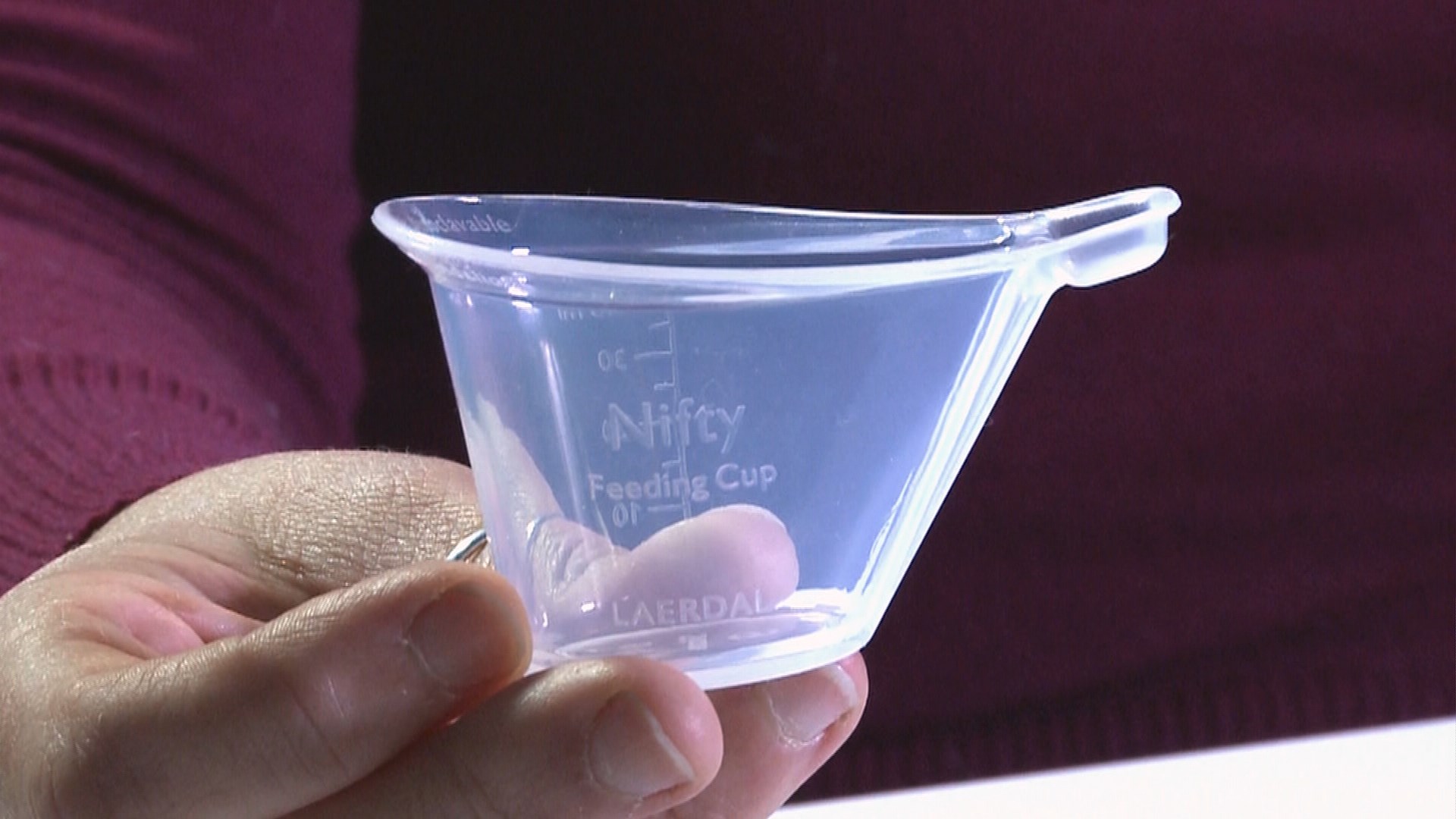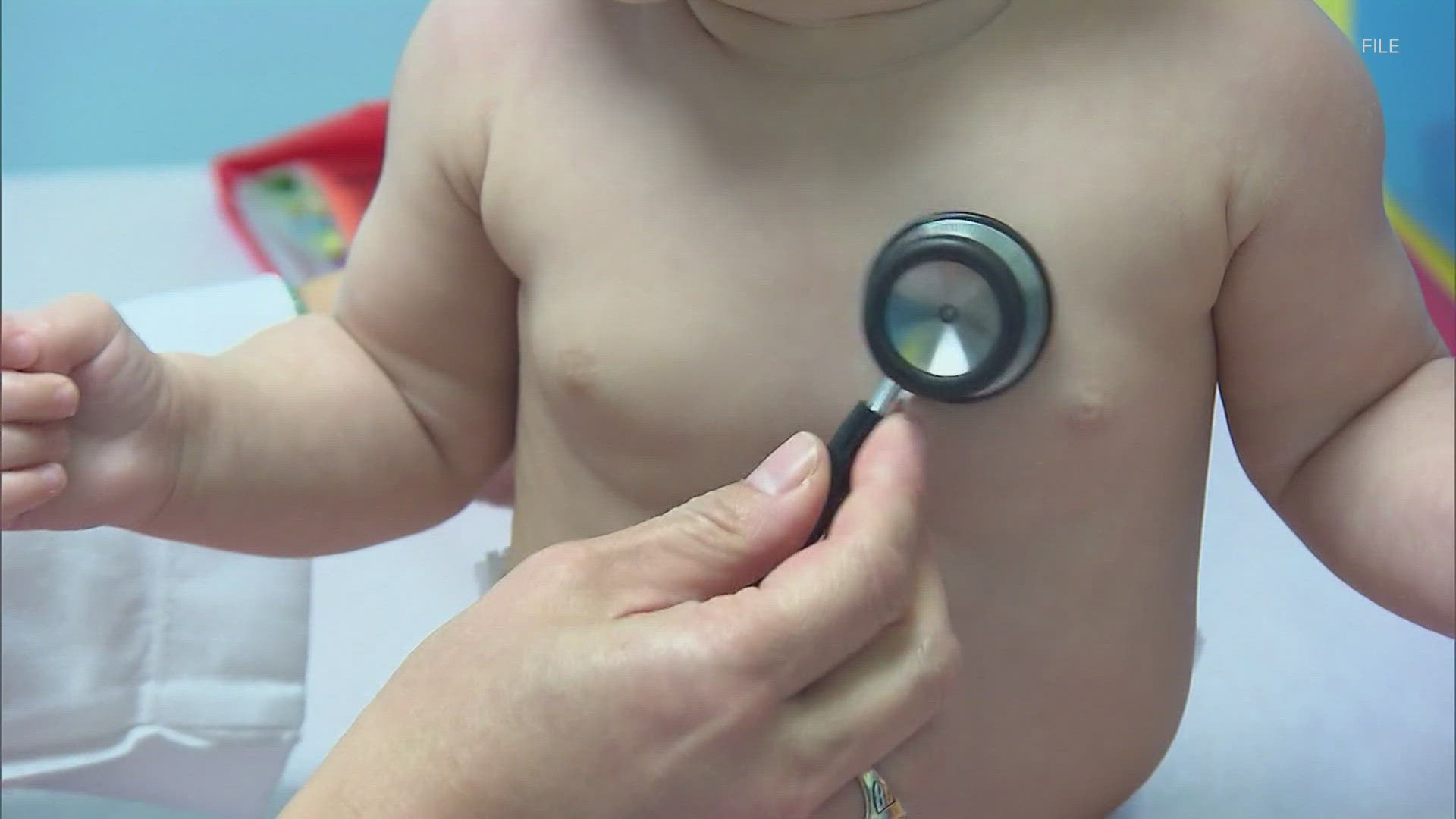It's a $1 cup designed to properly feed high-risk babies in under-developed regions of the world.
But don't let the simplicity of the word cup fool you. The design, development, and implementation of the Nifty Cup is the culmination of years of work and partnership with Seattle Children's hospital, the University of Washington and global health organization PATH.
Every country comes with traditions and a way to care for their young. But a standard of feeding the world's most at-risk babies does not exist. The Nifty Cup hopes to change that.
It all began with a humanitarian trip to Africa in 2007 to train the local surgeons how to fix cleft palates. A congenital disability where the roof of the mouth hasn't fused together to seal off the nose.
On that very first trip, doctors discovered something that was quite obvious. Tiny babies who couldn’t nurse properly weren’t getting enough to eat.
“We needed to come up with a way we could use a modified cup system that would be useful to them, and long lasting, and be able to be cleaned and be used probably for the first year of life,” said Dr. Michael Cunningham, chief of craniofacial medicine at Seattle Children’s.
Cunningham got busy with Seattle Children’s, UW Medicine and PATH to develop different designs for feeding these at-risk babies.
After years of work and research and many different designs, the Nifty Cup was perfected.
Nifty stands for Neonatal Intuitive Feeding Technology. It's a soft silicone bowl with a spout and reservoir to prevent spillage
Christy McKinney, associate professor at UW, says their research found that standard cups spilled about a third of the milk during a feed.
“You can imagine if a mom is hand expressing her milk, to lose 1/3 of every single feed when you are doing it eight to 10 times a day, it's a tremendous loss and effort,” said McKinney.
As the cup went from concept to reality, The Nifty team collaborated with the non-profit company Laerdal, which develops affordable products to help newborns and mothers in low-resource countries.
Through this partnership, several hundred of the cups have been distributed to hospitals in Africa.
“When it arrives, it comes in packs of 50, with a set of instructions that are basically pictorial, that don't require literacy, it allows a mother to look at the instructions and realize what she's supposed to do and not supposed to do,” says McKinney.
McKinney says the next step for the Nifty Cup is identifying and testing uses to expand its utility.
“A lot of times these things we create for low resource settings boomerang back here, to have benefit for us here in the United States. This is really a cup for infants with breastfeeding difficulties regardless of what the origin is,” said McKinney.
For example, In the United States when babies aren't able to breastfeed, they are often given a bottle which can lead to nipple confusion and difficulties transitioning back to breastfeeding. Research shows the Nifty Cup can help with that.
“There have been a number of studies, actually about infants that are cup fed versus bottle fed, transition to breastfeeding at much higher rates than infants who are bottle-fed,” said McKinney.
With a special grant the team is doing a randomized clinical trial in Ghana to study the Nifty Cup and prove how well the cup works compared to a standardized cup.
Once that study is complete, they hope that the Nifty Cup becomes the standard of care used to feed infants all over the world.


